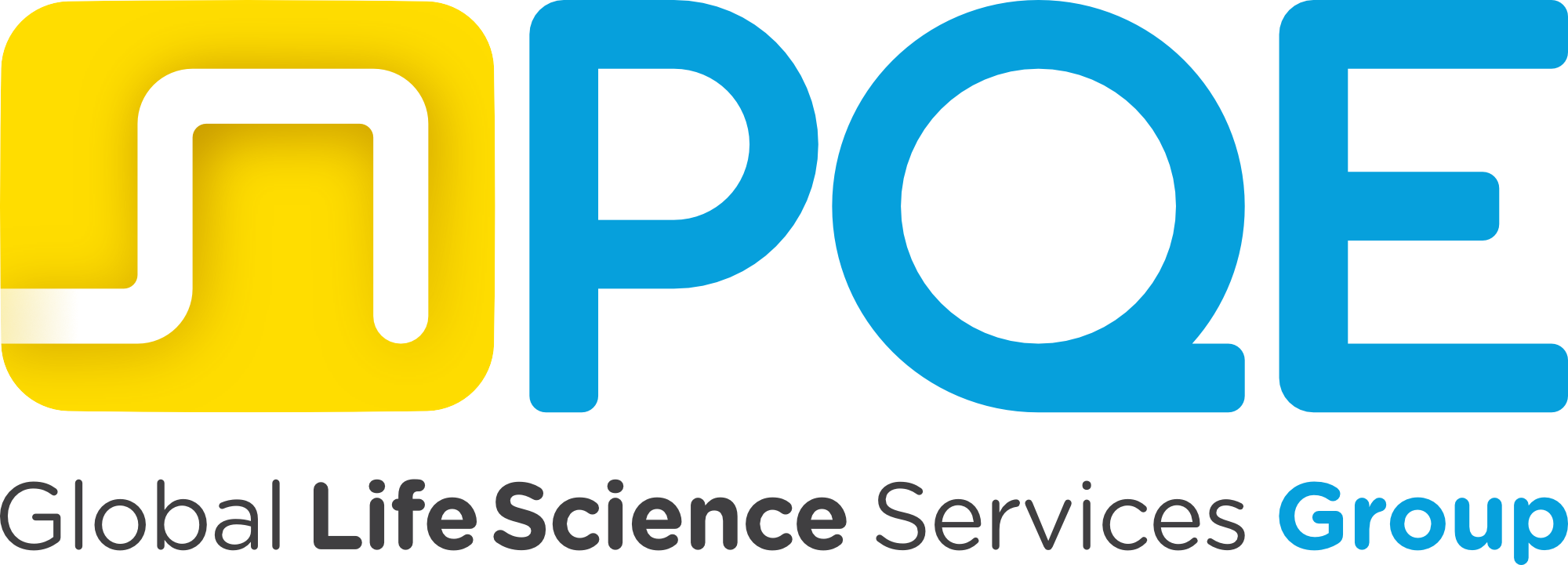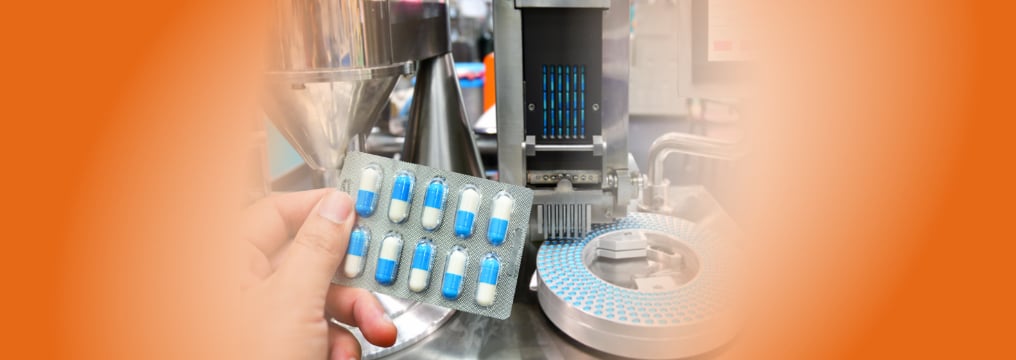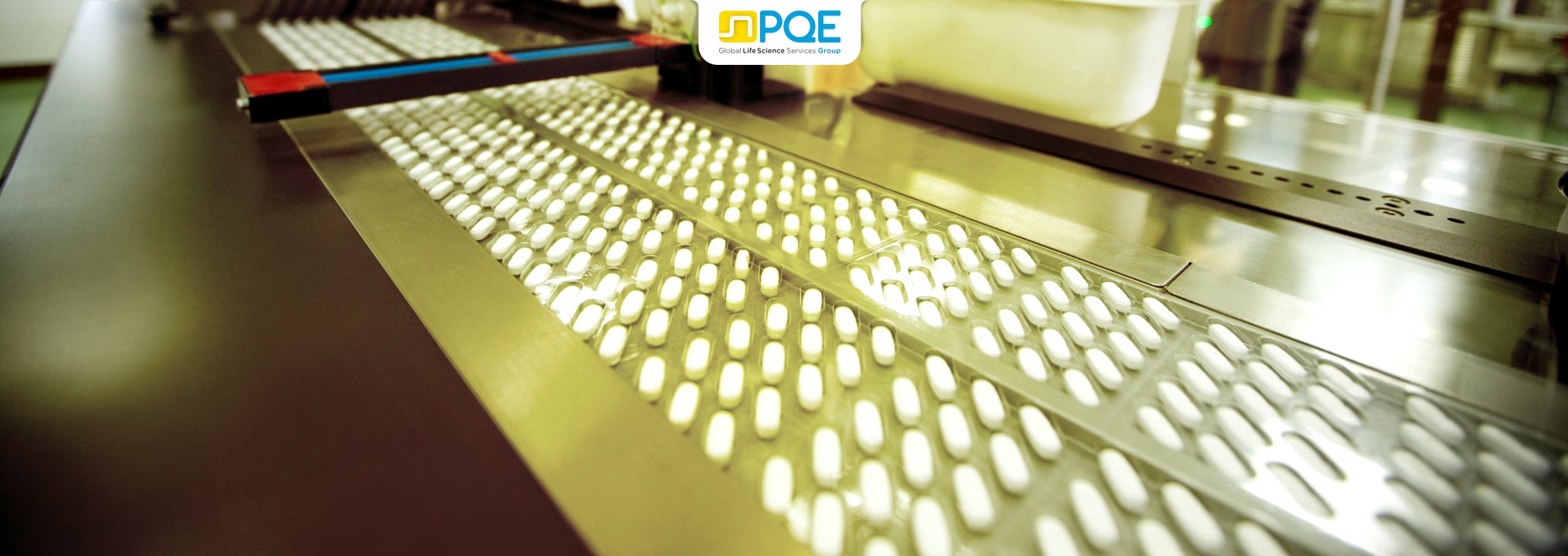Commissioning & Qualification Environment
In the C&Q environment, the current Good Manufacturing Practices (cGMP) and FDA regulations are applied to all pharmaceutical equipment, starting from those used for the treatment of raw materials up to those related to their packaging, in order to obtain the necessary certifications to ensure that the equipment is suitable for its purpose.
In recent times, the regulations have become increasingly stringent, forcing pharmaceutical companies to adapt. Therefore, the intervention of the C&Q proves to be more necessary since it is the job of C&Q to find the best approach and qualification strategy to follow.
First of all, it is important to distinguish the terms in such a way to use them in appropriate ways as defined in an ISPE Guide:
- Commissioning is defined as “a well-planned, documented, and managed engineering approach to the start-up and turnover of facilities, systems, and equipment to the end-user that results in a safe and functional environment that meets established design requirements and stakeholder expectations” [1]
- Qualification is defined as “The documented verification that all aspects of a facility, utility, or equipment that can affect product quality adhere to approved specifications”. [1]
The qualification definition denotes greater importance to the product quality while the commissioning definition is more focused on the equipment.
The presence of a commissioning phase, executed by the equipment supplier before the qualification stage, provides the best advantage to minimize the effort and timing, supporting the next steps.
Commissioning & Qualification Applications
Currently, there is an extremely varied range of process equipment and systems used in biopharmaceutical companies depending on their ultimate purpose:
- Raw material/APIs treatment equipment (e.g., mixers, reactors, dryers)
- Sterile equipment (e.g., freeze-dryers, autoclaves)
- Injectable equipment (e.g., filling machines)
- Oral solids equipment (e.g., tablet press, coaters)
- Packaging line equipment (e.g., labelling machines, blister machines)
- Storage equipment (e.g., warehouse, incubators, freezers)
For each equipment or system, there are different regulations and cGMP standards to meet, depending on whether the equipment has direct or indirect impact on product quality or is without any impact on product quality.
If it is established that the equipment has direct impact, an entire commissioning and qualification process is required; if the equipment has no direct impact it can be just commissioned. In the latter case, it is determined by the C&Q expert how to proceed depending on business or safety criticality rather than quality.
The key points for a system qualification program should be clearly defined and documented in a validation master plan (VMP). In this document, all the main steps of the lifecycle equipment or system should be analyzed:
- Establish the criticality of the system throughout the risk assessment based on product quality impact. The main purpose is to determine the scope and extent of the qualification cycle and to verify that the risks to product quality occurring by systems, utilities and equipment are adequately faced by the design phase;
- Development of the User Requirements Specification (URS) and the Functional Design Specification (FDS) for the equipment/system;
- Description of Building, Commissioning and Qualification phases – Factory Acceptance Test (FAT), Site Acceptance Test (SAT), Design Qualification (DQ), Installation Qualification (IQ), Operational Qualification (OQ) and Performance Qualification (PQ);
- Definition of responsibilities and procedures.
How to define the best strategy
The best strategy to ensure less effort and lower costs consumed during a C&Q project is to perform an effective risk management analysis.
A Quality Risk Management (QRM) approach should be applied throughout the lifecycle of a medicinal product. As part of a quality risk management system, decisions on the scope and extent of qualification and validation should be based on a justified and documented risk assessment of the facilities, equipment, utilities and processes. [2]
The risk assessment applied on direct impact systems is simply the application of QRM to examine the product quality risks, identifying the design and procedural actions that are required to mitigate these risks to an acceptable level.
First of all, it is fundamental that a deep understanding of the entire process and who must be qualified is identified. The C&Q validator must have a well organized and detailed mental scheme along with product and process knowledge, which is key to ensuring timely and successful project execution.
Most of the work corresponds to understanding the true needs of the customer, to adapt the C&Q validator experiences to customer requirements as much as possible during the strategy definition process in order to fit the system for its intended purpose.
Finally, the C&Q validator should take advantage of existing information from the vendor/supplier, such as testing commissioning documentation that already exists and that can be considered completed and in compliance with the customer requirements. Mitigating gaps and eliminating redundancy, eventually supporting the vendor/supplier and obtaining an effective work team, is the goal to reach.
In Conclusion
It is necessary that the C&Q validator determines an approach suitable for each situation which incorporates all the regulatory requests and which is easy to manage; there is no one universal approach that applies equally to everything.
The cGMP and the ISPE Guides provide the tools that must be used, but then it is up to the C&Q validator to decide how to use them.
The primary achievement of the C&Q validator is to obtain the "validated" status for each piece of equipment and guarantee its status over time through an integrated commissioning and qualification process based on a scientific and risk-based approach with the ultimate outcome of:
- Reducing effort and timing
- Increasing yield
- Reducing processing costs
References:
[1] ISPE Baseline Pharmaceutical Engineering Guide for New and Renovated Facilities - Vol. 5: “Commissioning and Qualification”;
[2] Annex 15 “Qualification and validation” to EU GMP Guide to Good Manufacturing Practice for Medicinal Products.





